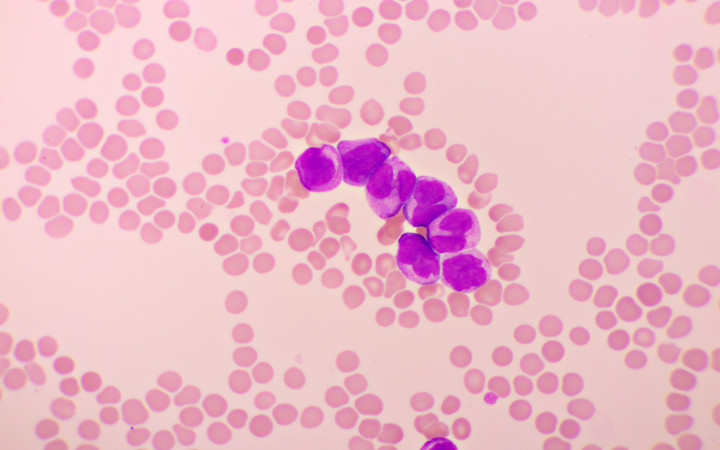Today’s Wonder of the Day was inspired by Maya. Maya Wonders, “what is leukemia?” Thanks for WONDERing with us, Maya!
What challenges do you face on a daily basis? For many kids, daily challenges come in the form of homework and tests. Perhaps you face challenges at soccer or piano practice, too. You might even have a unique challenge that's personal to you that no one knows about.
For many children, the biggest daily struggle is battling against a disease that wants to rob them of their health and possibly their lives. What are we talking about? Today let's learn a bit more about the childhood cancer known as leukemia.
Leukemia occurs when many abnormal white blood cells—called leukemic blasts—take over the bone marrow and enter the bloodstream. Instead of helping to fight against infection, leukemic blasts multiply and disrupt the body's production of other important blood cells, including platelets and red blood cells.
Leukemia is one of the most common types of childhood cancers. Children with leukemia often experience many different types of problems, including bleeding, anemia, bone pain, fevers, and infections. If left untreated, leukemia can spread to other areas and organs, such as the lymph nodes, liver, spleen, and brain.
There are several types of leukemia. Generally, forms of leukemia can be classified as either acute or chronic. Acute forms of leukemia develop rapidly, while chronic forms of leukemia develop slowly.
Almost all forms of childhood leukemia are acute. In fact, the two types of leukemia most likely to occur in children are acute lymphocytic leukemia (ALL) and acute myelogenous leukemia (AML). Of the over 2,000 children diagnosed with leukemia each year, about 60% have ALL, while the remainder are mostly AML.
Childhood leukemia is treated in a variety of ways. Some patients receive chemotherapy or radiation. Others may receive new stem cells in the form of a bone marrow transplant.
Fortunately, the chances of being cured of leukemia are often good. With proper treatment, many children can conquer leukemia and achieve remission, which means doctors can't find any evidence of cancer in the body. Although it's possible for leukemia to relapse, remission can often be maintained with additional maintenance chemotherapy.
Although scientists are constantly exploring ways to prevent leukemia in the future, they have found that most forms of leukemia come about as a result of noninherited mutations in the genes of growing blood cells. These changes happen randomly and can't be predicted. Thus, there's no effective way to prevent leukemia today.
Standards: CCRA.L.3, CCRA.L.6, CCRA.R.1, CCRA.R.2, CCRA.R.4, CCRA.R.10, CCRA.SL.1




